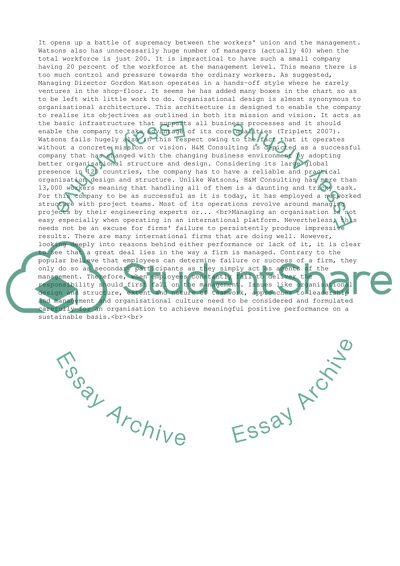Cite this document
(“The Service Quality in Bunzl Limited from the Customers' Perspective Essay”, n.d.)
Retrieved from https://studentshare.org/management/1421602-the-service-quality-in-bunzl-limited-from-the-customers-perspective
Retrieved from https://studentshare.org/management/1421602-the-service-quality-in-bunzl-limited-from-the-customers-perspective
(The Service Quality in Bunzl Limited from the Customers' Perspective Essay)
https://studentshare.org/management/1421602-the-service-quality-in-bunzl-limited-from-the-customers-perspective.
https://studentshare.org/management/1421602-the-service-quality-in-bunzl-limited-from-the-customers-perspective.
“The Service Quality in Bunzl Limited from the Customers' Perspective Essay”, n.d. https://studentshare.org/management/1421602-the-service-quality-in-bunzl-limited-from-the-customers-perspective.


